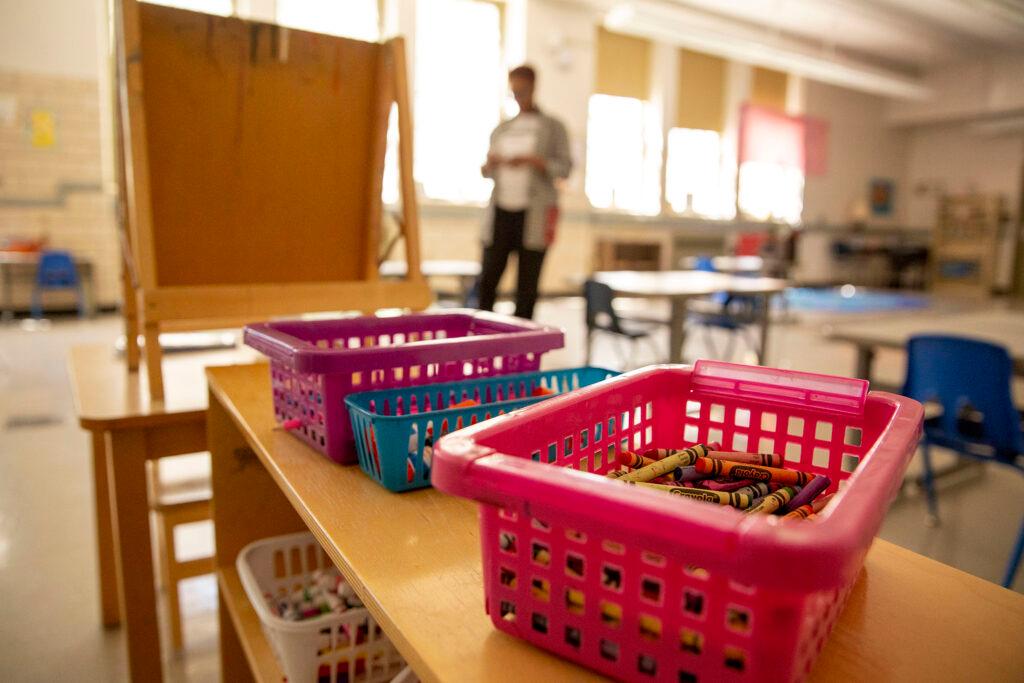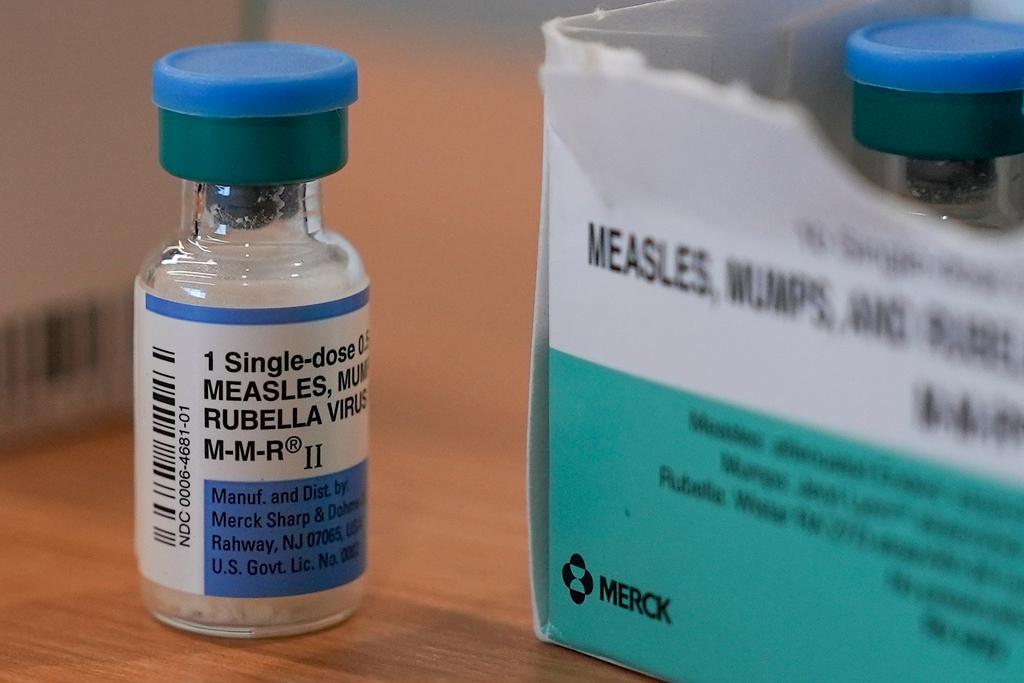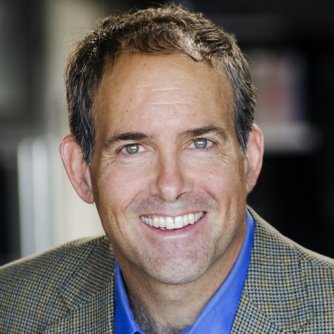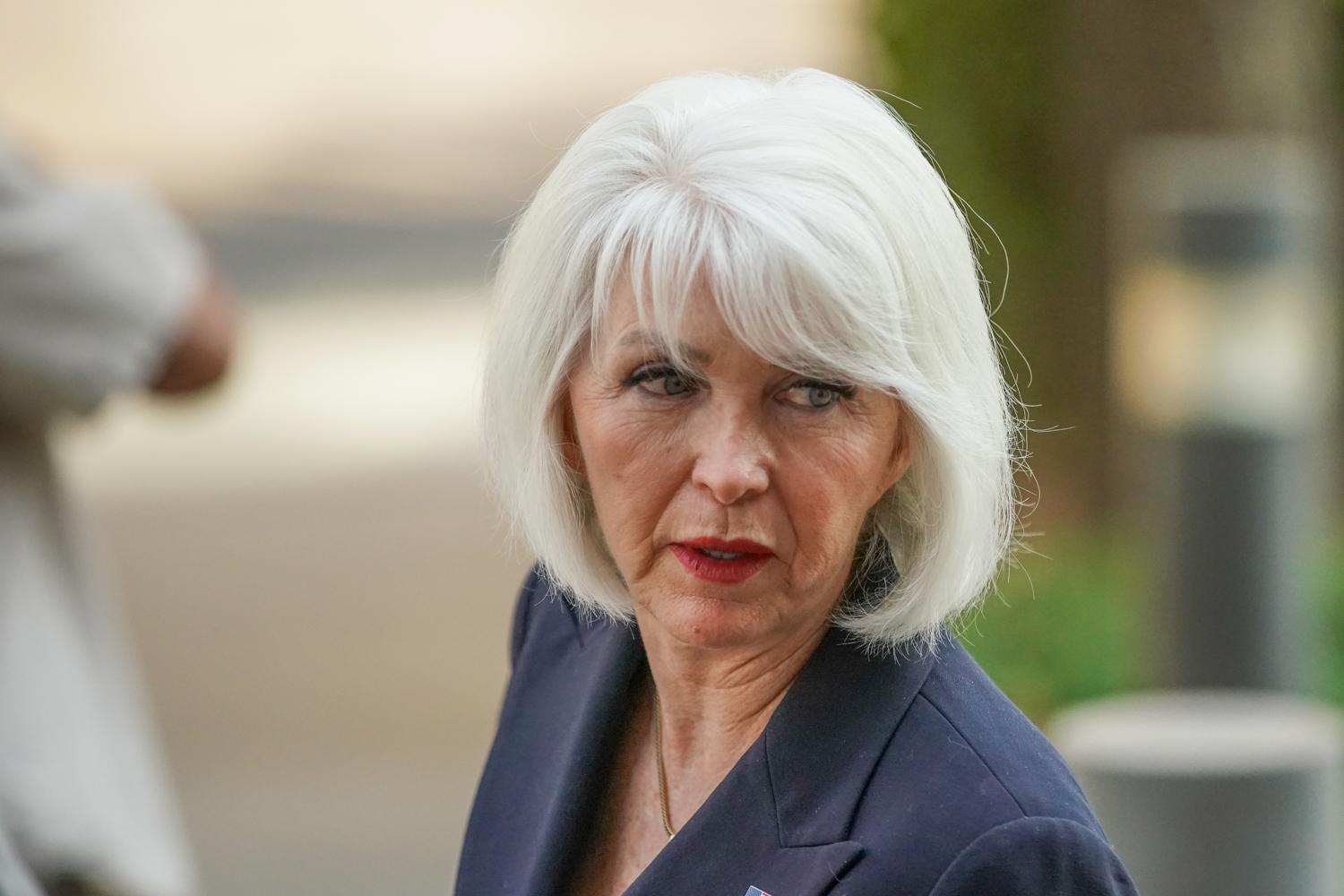
This story was originally published by Chalkbeat. Sign up for their newsletters at ckbe.at/newsletters.
By Ann Schimke, Chalkbeat
What happens when teachers who earn a bit above the minimum wage get a 30% or 40% raise?
They cry, cheer, and dance. Some quit second jobs, worry less about bills, and sign up for retirement plans or health insurance.
These are some of the things that started in 2023 when Colorado used $9 million in COVID stimulus money to boost the wages of more than 300 teachers and assistant teachers at about 20 child care centers across the state. It was part of a two-year pilot program meant to examine how pay increases affected staff recruitment, retention, and well-being in an industry notorious for low wages and high turnover.
With the stimulus money set to run out in June, the program’s future was uncertain. But state officials told Chalkbeat on Tuesday that Colorado lawmakers found $2.9 million to keep the program going for another year. The money is included in the state’s budget, called the “long bill,” which won final approval Monday from the legislature. Gov. Jared Polis hasn’t signed the bill yet.
It’s a big win considering scores of cuts Colorado lawmakers made in recent weeks as they scrambled to close a $1.2 billion shortfall in next year’s budget. Only days ago, continued funding for the program seemed doubtful and leaders at pilot sites were cobbling together plans to keep the wage increases going on their own.
Some planned to increase staff-student ratios or cut the fresh fruits and vegetables budget. Others, like Rosie Evans, director of Evans Early Childhood Center in Fort Morgan, had reluctantly announced big tuition hikes.
She knew it was a hefty ask for families, but she felt strongly about maintaining the $5-an-hour raises for lead teachers and the $3-an-hour raises for assistant teachers. The pilot-funded increases boosted wages for lead teachers to $21-$24 an hour, close to teacher salaries in the local school district.
“I really feel this pilot had a profound impact on our program,” Evans said.
“It starts with the teachers and then it just trickles down to everything when you have stable, consistent caregivers. Children feel safe. They can grow, they can learn. Our turnover was almost non-existent,” she said.
Wage bumps help with school, health insurance, and 401Ks
To qualify for the wage increase pilot, child care centers were required to have one of the state’s top three quality ratings — Level 3, 4, or 5 — and serve a sizable chunk of students from low-income families that receive child care subsidies. Of 74 centers that applied, 22 were selected and 19 have participated throughout.
One of them is Step By Step Child Development Center in Northglenn.
Director Michelle Dalbotten remembers when she learned that her center had been accepted.
“It was like winning the lotto,” she said. “I went around and screamed happiness to everyone.”
At the time, staff salaries ranged from around $14 to $19 an hour, depending on job title and experience. The pilot program gave her lead teachers raises of $7.58 an hour and assistant teachers $5.51, said Dalbotten. Under the pilot, wage increases vary by region of the state.
About 20 staff members got raises through the pilot and Step By Step separately paid for raises for a few other employees, including kitchen and administrative staff, who weren’t covered by the pilot funding.
Like Evans, Dalbotten wasn’t planning to renege on the wage increases if lawmakers didn’t approve more pilot funding for next year. That’s because she’s seen the difference higher pay makes for her staff. Since the pilot began, more of her employees joined the center’s health insurance program, 10 started paying into the retirement program, and several went back to school for additional training, she said.
State officials are currently studying the impact of the pilot, with the final report expected in the fall. Anecdotally, they’ve seen increases in child care workers’ mental and financial well-being and decreases in staff turnover and the number of employees who work second jobs, said Michele Stillwell-Parvensky, early childhood workforce compensation administrator at the Colorado Department of Early Childhood.
Before she knew the pilot funding would continue, Dalbotten brainstormed ways to absorb the loss.
She considered increasing the center’s extremely low staff-student ratios during parts of the day or cutting how often the center offers fresh produce like strawberries, peaches, and broccoli. Another possible cut: the center’s dedicated cleaning employee, who was hired during COVID so teachers wouldn’t have to do so much deep cleaning and disinfecting.
Galvanizing grass roots support for child care
Brooke Gray, who has two young children, teaches part time in the “butterflies” classroom and serves as assistant director at Evans Early Childhood Center.
Thanks to the raise she got through the state pilot program, she was able to contribute enough to the family finances that her husband could quit his exhausting power company job. Instead of 12-hour shifts and frequent weekend and holiday work, he opted for a 9-to-5 job with lower pay.
“He’s home every night, he’s home on weekends, he’s home on holidays. So we are able to spend that time together as a family and … we didn’t lose our new house,” said Gray.
Such stories illustrate the impact of a living wage on child care workers, but also highlight the challenge involved in achieving that goal.
“It’s the hardest part of having a child care center, the balance of paying staff a worthy wage and keeping rates where families can afford it,” said Evans, the center’s director. “It’s enormously hard.”
Earlier this spring, before she knew the state would continue funding the pilot, she announced tuition hikes averaging $300 per child per month. But she also wanted to build grassroots momentum for a better, long-term solution.
On a recent Friday afternoon at the center, she held a brainstorming meeting with more than a dozen parents. They discussed all kinds of options — a spaghetti dinner fundraiser, how to push for a property tax rebate for the center, and the creation of a local early childhood taxing district similar to one that’s slated to go before voters in the Roaring Fork Valley next November.
Evans still plans to pursue these ideas alongside staff and parents, but Tuesday’s happy budget news is “a gamechanger,” she said. It means she can ease up on the big tuition hikes and approach the community campaign more thoughtfully.
“I was thinking, ‘Oh my gosh, how are we going to pull this off in a month before June?’” Evans said. “If we still have another year, then I feel like that gives us adequate time to really prepare.”
Ann Schimke is a senior reporter at Chalkbeat, covering early childhood issues and early literacy. Contact Ann at [email protected]









